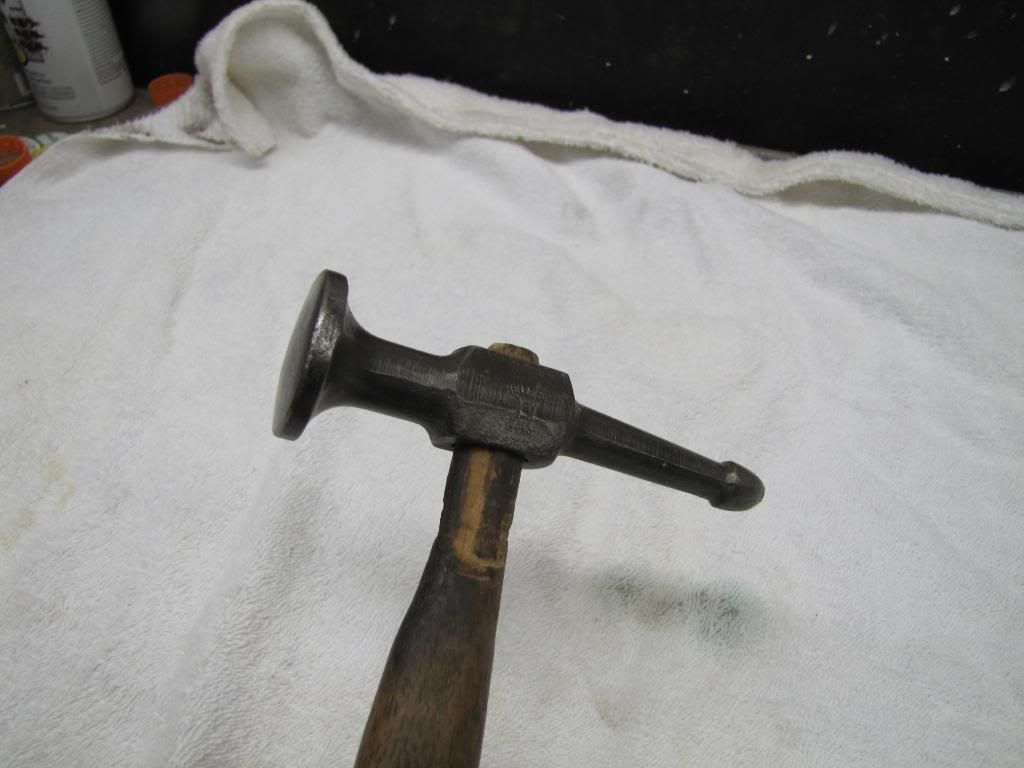I posted this on a few other forums I visit and thought you guys might enjoy it as well.
Back again for the second installment showcasing more of my hammer, dolly and spoon collection. What first started out as an innocent documentation process for insurance spawned into this little project.
So I thought I would share my auto body tool collection from years long gone. A bit of tool design and usage mixed in with a little history and origin. In case you were wondering because Iíve had numerous emails, nothing is for sell! Nothing but merely an avid collector sharing a collection of body tools in hopes the past never dies. Most of my collection will get restored and never be used again.
The older tools in my opinion are far superior compared to todayís currently available line of auto body tools.
Since I literally have a ton of photos please refrain from any comments until am finished loading to keep it uniform. For part one of whatís hiding in the toolbox please follow the link.
http://www.chevelles.com/forums/show...t=whats+hiding
Hope you enjoyÖEric
Not sure of the brand as a few companies made similar styles but an educated guess tells me itís Pexto or a Stiles-Herman, leaning more towards a Pexto. Pexto still exists today but manufactures metal fabrication tools such as stomp shears and punches. Stiles-Herman was a St. Louis based company making specialized body repair tools.
This type of hammer is known as a blocking hammer and really for metal forming or shaping versus dent repair. The hammer faces have a fairly large crown and the hammer is fairly heavy.
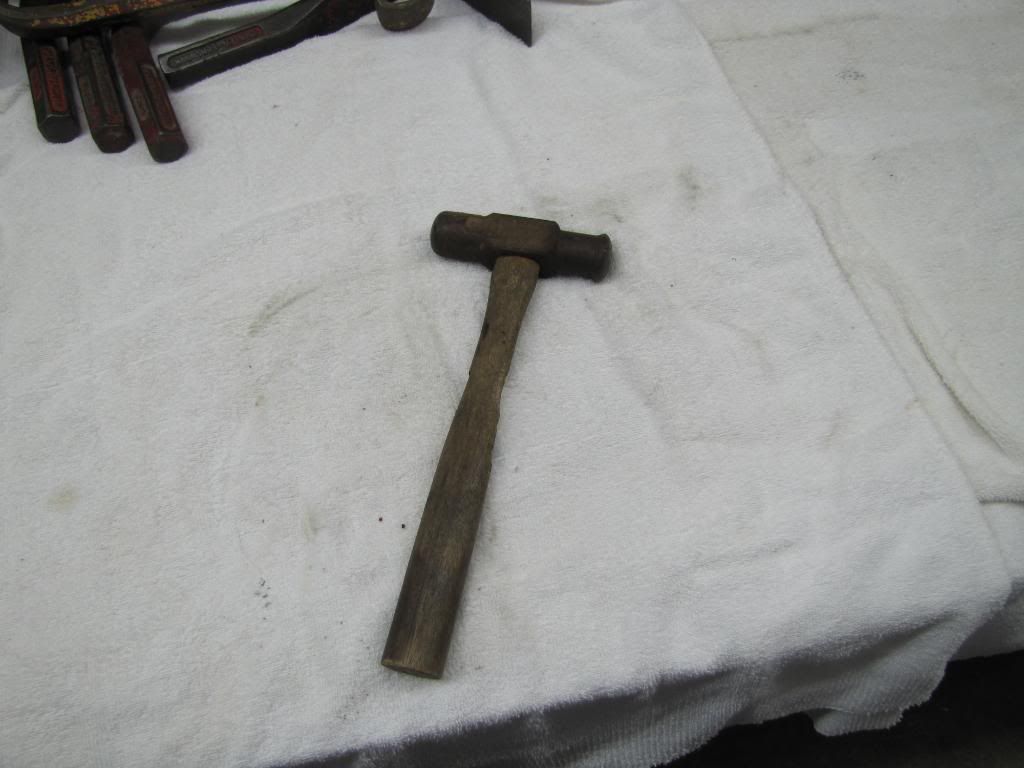
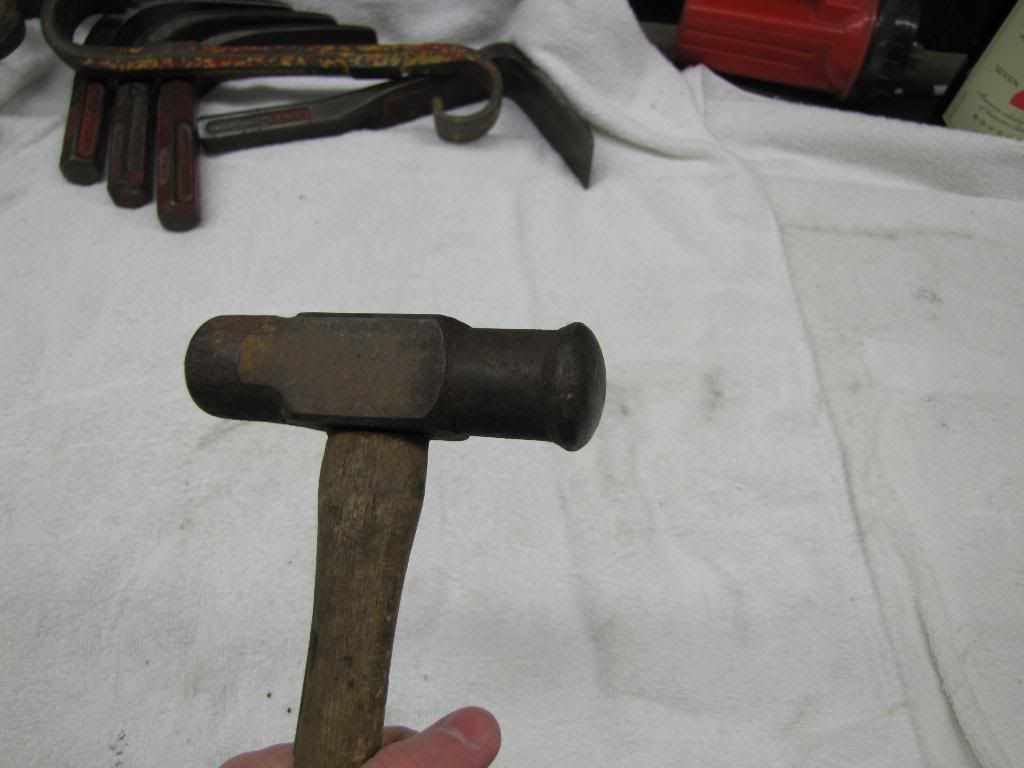
This blocking hammer is a Stiles-Herman, can plainly see the name embossed into the tool. Much larger in size then the pervious blocking hammer also has an offset head so the user could reach into deeper panels.
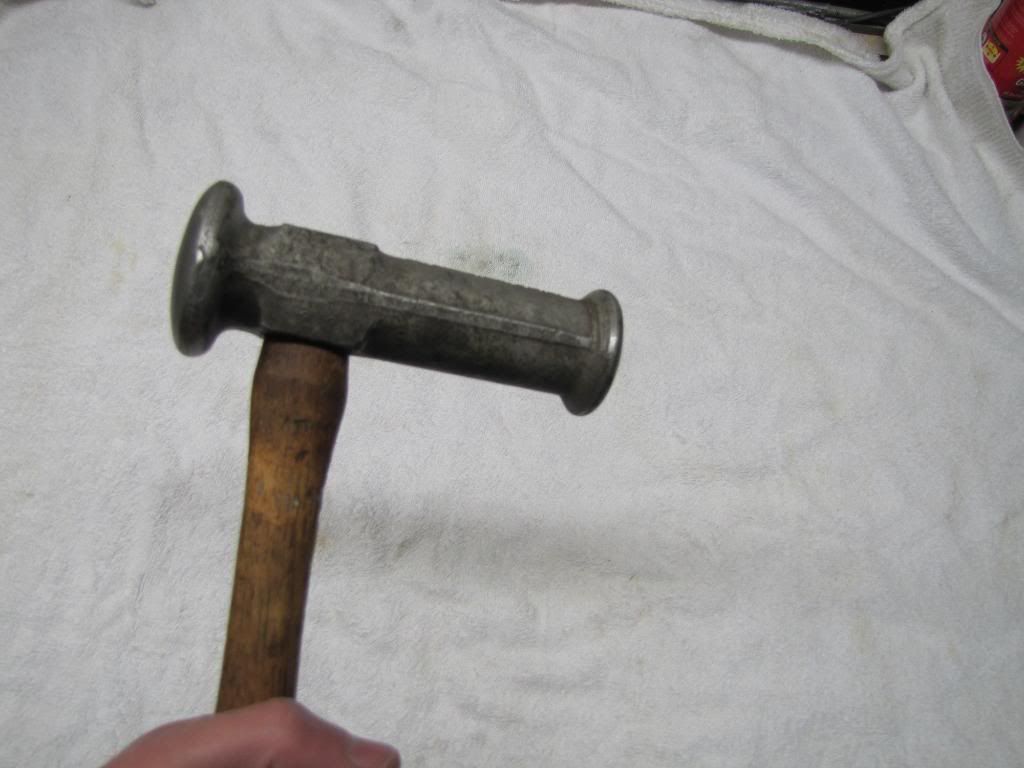
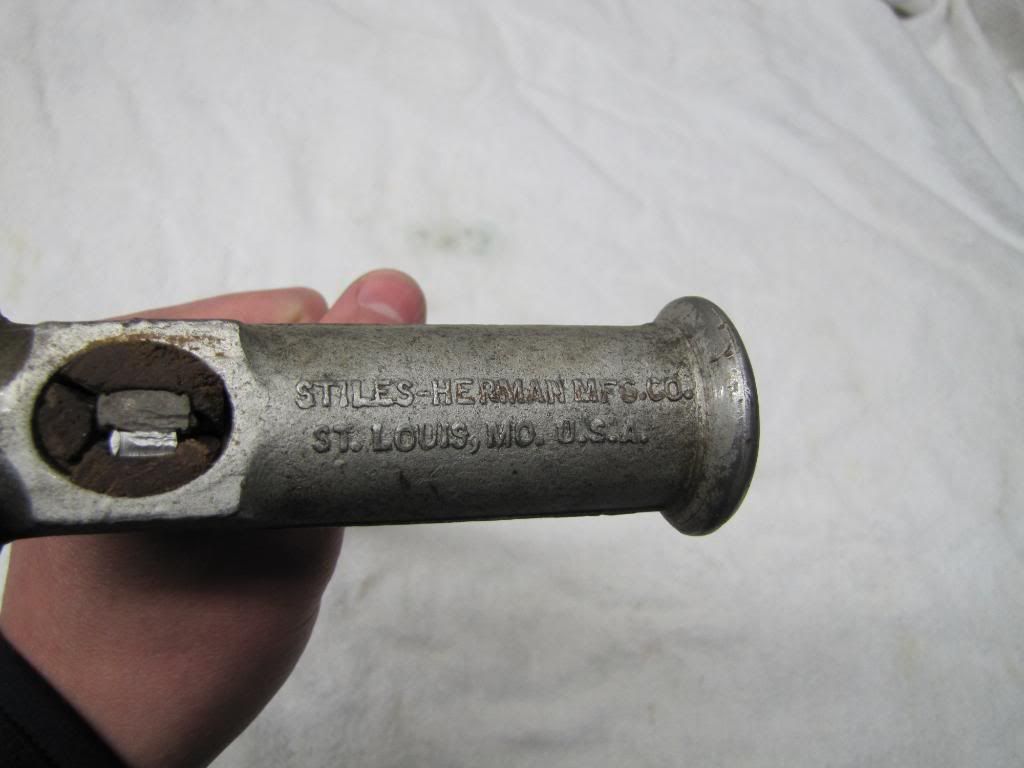
Compared to a regular body hammer, the weight, sheer size of the head and shape make this hammer best suited for metal forming.
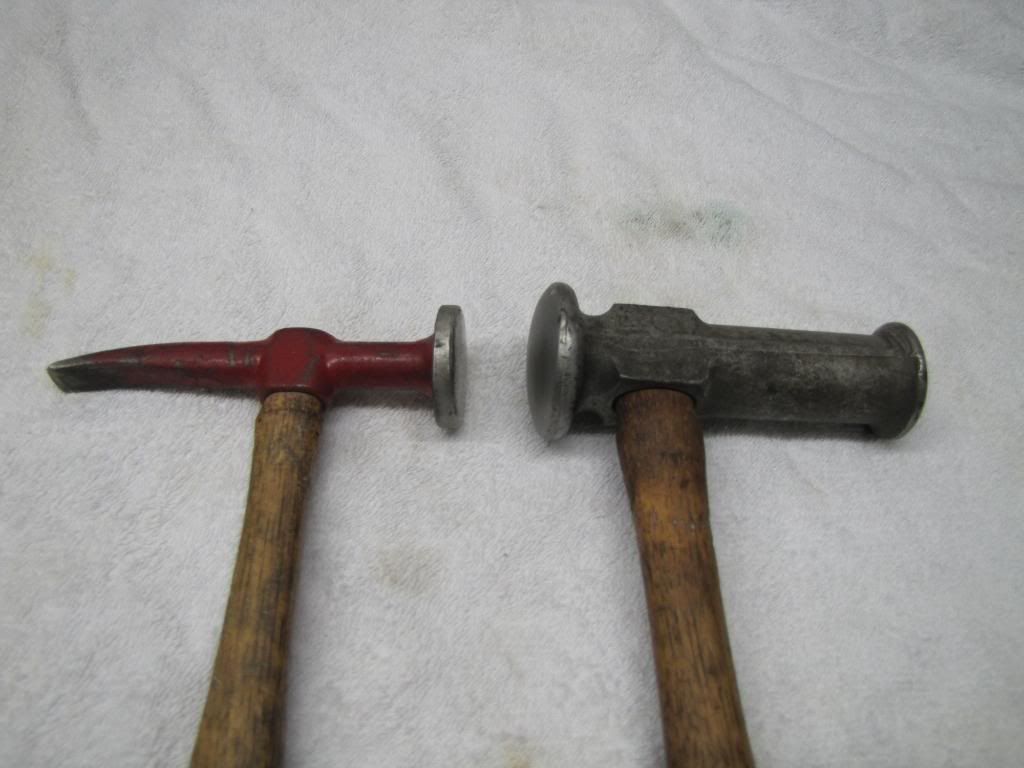
Fairmount 160-G heavy bumping hammer. In the previous post I mentioned bumping hammers are typically short and heavy hammers normally used for roughing out dents. Once the damage is roughed out the repair man switches to the lighter dinging hammers to finish the repair. I believe this hammer to be a NOS 1960ís era hammer due to the design of the logo.
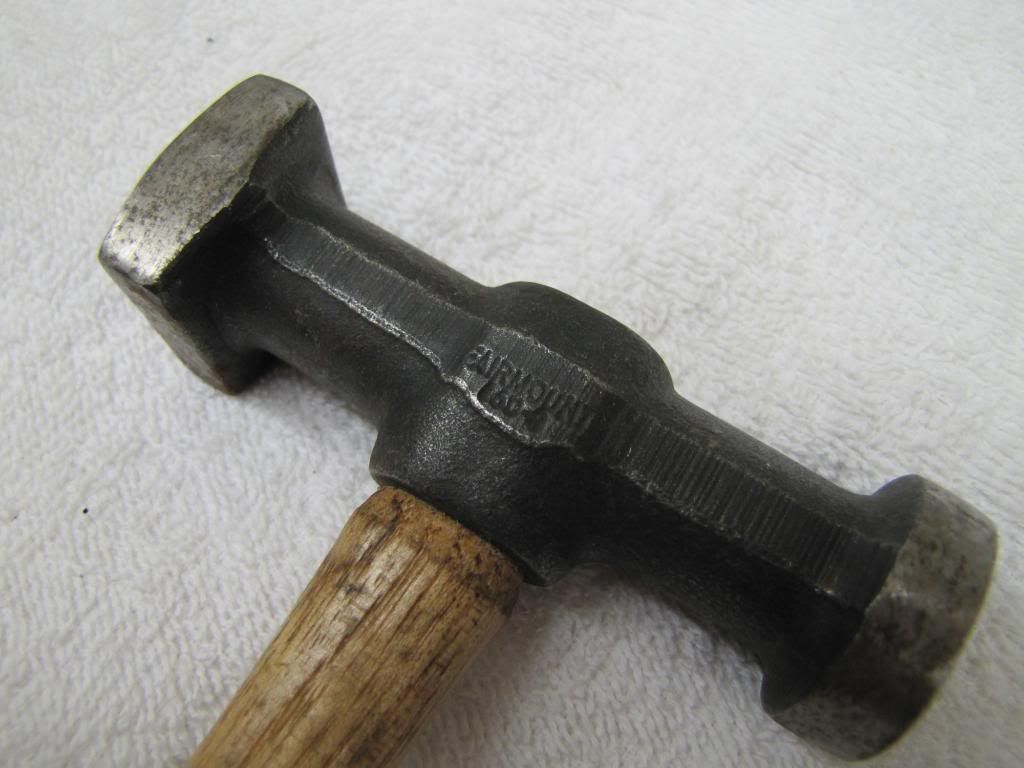
If you find a Fairmount hammer the company name and number are stamped into the head and the number can also be found on the bottom of the handle too.
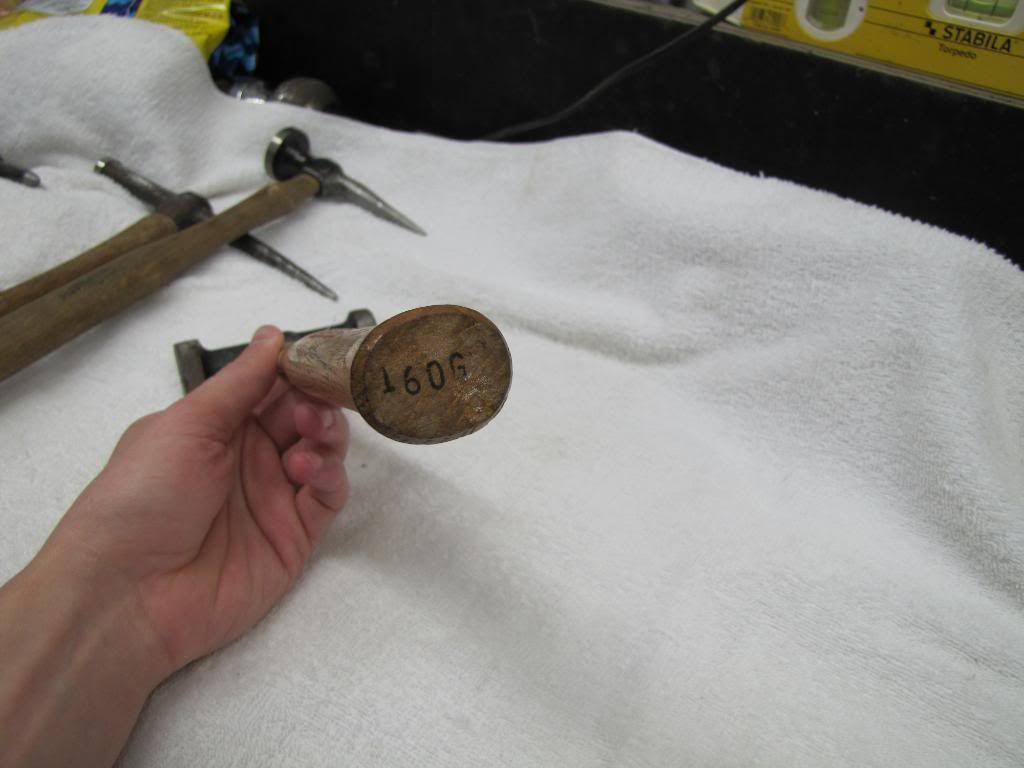
The Fairmount 160-G on the left versus the Porter Ferguson BH-4 on the right. Both are bumping hammers and you can see the Fairmount is much thicker and heavier, but the P-F has a better balance making it easier to use.
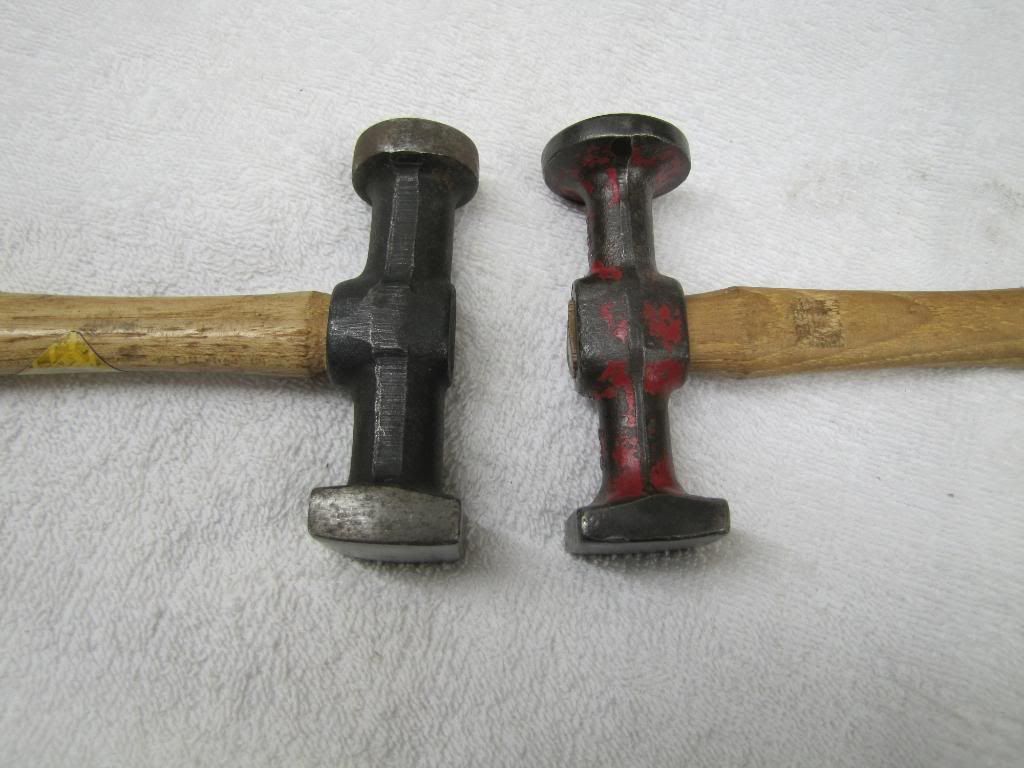
Another bumping hammer, this one is from Bonney, another nice quality hammer and somewhat hard to find. A side note about Bonney tools is they are relabeled Stanley tools. Stanley relabeled and sold their tools under the Stanley, Bonney and New Britain name. All Stanley brand hammers are easy to spot because the hole for the handle in hammer head is a long rectangle as other hammers typically use an oval shaped opening.

Fairmount 164-G heavy pick hammer the heavy weight of a bumping hammer but with one end having a pick.
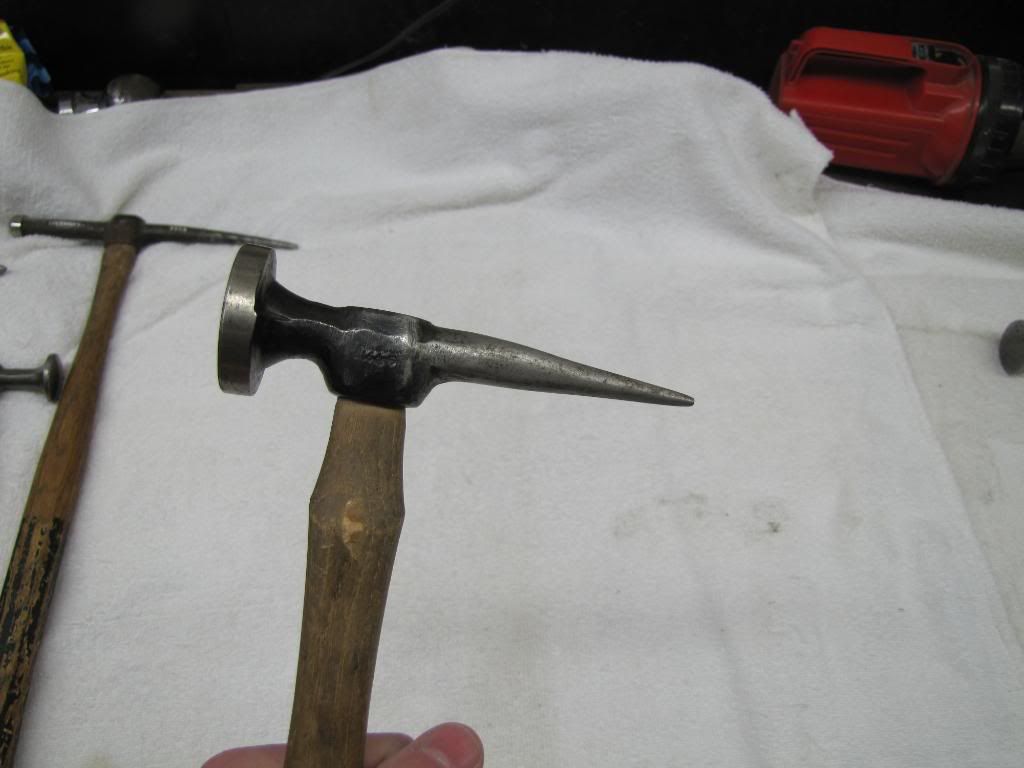
Early 1980ís Martin pick hammer, the early Martin hammers have the name in cursive writing. Martin bought out Fairmount in 1983. This one is a 158-G pick hammer, similar to the 164-G shown above but less weight, longer pick end and a slight crown on the face.
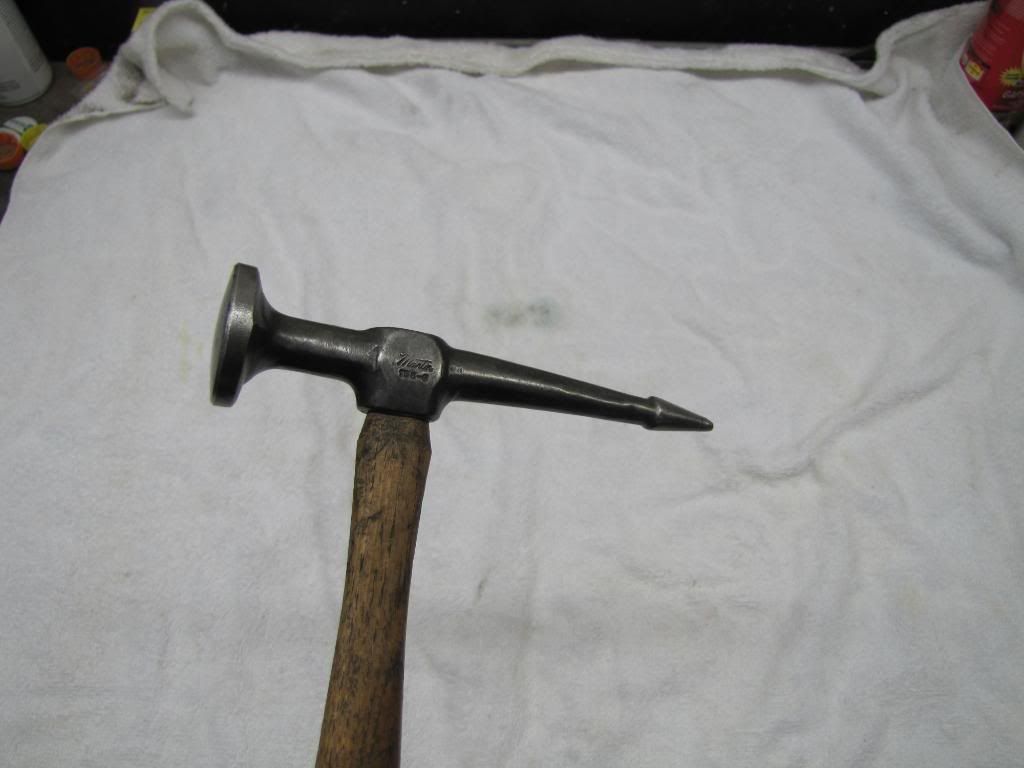
The early Martin name in cursive, the current Martin hammers have no name or number stamped in the head instead the handle is marked.
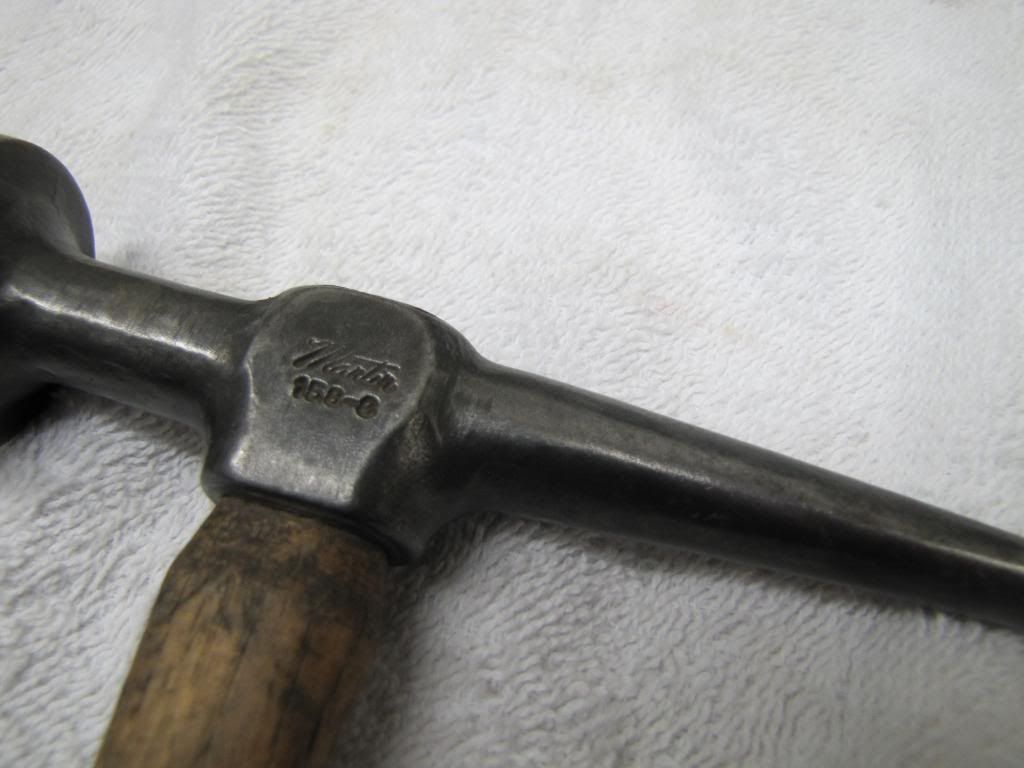
Another pick hammer, this time itís a Heller. Heller is famous for making farrier equipment since the 19th century. For those whom donít know, a farrier deals with horses such as installing horse shoes. Anyway, Heller body tools are not heavy sought after tools other then their body files which are a highly collectible item. All Heller tools came equipped with their famous horse head logo.
